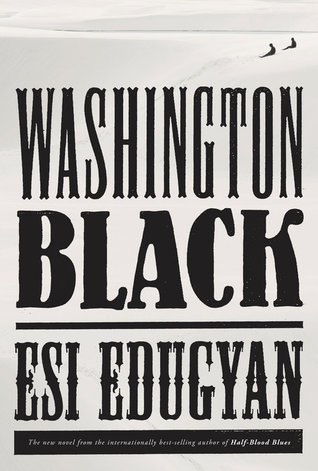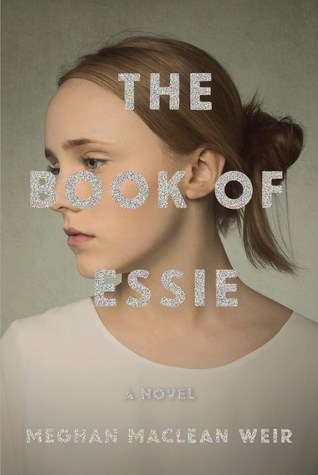Life in the United States today has many elements of the Gilded Age of the late 19th century, when the concentration of wealth in a tiny class of industrialists left many Americans in hopeless poverty. The era was not golden for most people but rather characterized by fake gilding. In this post, I review two recent novels set in the Gilded Age.
A Well-Behaved Woman: A Novel of the Vanderbilts Therese Anne Fowler (2018)
New York City in the Gilded Age is the setting for this novel that seeks to reconstruct the inner life of the historical Alva Smith Vanderbilt Belmont. Alva is living in genteel poverty with her three sisters and their dying father when she captures the attention of William K Vanderbilt of New York City and marries him in 1875. The Vanderbilt family has made unimaginable millions in railroads but is shut out of the New York social scene by old-money families such as the Astors. Alva is determined to crash the gates. She commissions and helps design spectacular (and gaudily ornate) homes, hosts extravagant balls, travels the world, and eventually finds social acceptance. Yet, according to this fictionalization, she’s never happy in her marriage to William.
Keep in mind that $1 million in the 1880s would be about $25 million today, so the Vanderbilts were the one-percenters of their era. It’s hard to sympathize with their discontents as they guzzle the champagne, but Alva has a few redeeming qualities. She takes on charitable causes and later in life becomes an advocate for women’s suffrage. The focus of this novel, however, is on Alva’s family and social interactions, from her young adulthood through her middle age. I couldn’t help rooting for her to dump the contemptible William, which she finally does with a scandal-generating divorce in 1895.
The Lake on Fire Rosellen Brown (2018)
Like A Well-Behaved Woman, reviewed above, The Lake on Fire is a kind of Cinderella tale, featuring a young, impoverished woman who marries a wealthy man. But in this historical novel the woman is purely fictional, not based on a real person, and the Cinderella story has a number of twists.
Chaya-Libbe Shaderowsky is a Jewish immigrant from Russia to rural Wisconsin who flees the matchmaking ploys of her family in 1891, running away to Chicago. Her younger brother Asher, a prodigy in both learning and petty theft, tags along with her. He roams the dangerous streets of the city while Chaya works in a sweat shop, rolling tobacco into cigars. Chaya’s chance encounter with a wealthy socialist, Gregory Stillman, leads to romance. But Chaya is hesitant to follow the happily-ever-after path of the typical romance heroine. She tells her landlady, who encourages the match, “’He doesn’t love me for myself, he loves me for everything I don’t have. He hasn’t known anyone who’s as different from him as I am.’” (134) Chaya poses rhetorical questions for herself: “Is every life a fabric of compromises, then? Warp what you love, weft what you must tolerate, an imperfect weave, however strong and lovely it might look?” (219)
The city of Chicago becomes one of the central characters in this novel, and it’s lovingly described, even by those who live in its most sordid quarters: “She [Chaya] knew every inflection of Chicago dawn, different in each season—cool purple turning gold; tranced a dull fog-gray so many days, locked under cloud, or pearly with snow about to let down as if the sky were a trapdoor that silently, invisibly opened.” (229)
I visit Chicago fairly often, so I have a good sense of the street grid and of the strong presence of Lake Michigan, whose winds gust their way through the city. The layout of downtown Chicago in the early 1890s is similar to the layout today. From Rosellen Brown’s depiction, I could visualize the magnificent but temporarily constructed Columbian Exposition (World’s Fair) of 1893, the site of some of the action in this novel. And the introduction into the narrative of the historical Jane Addams of Hull House fame did not seem forced at all.
If you’re looking for a Gilded Age novel that depicts both ends of the money spectrum, read The Lake on Fire. If you’re fascinated with the history of the rich and powerful of New York City, try A Well-Behaved Woman.






























